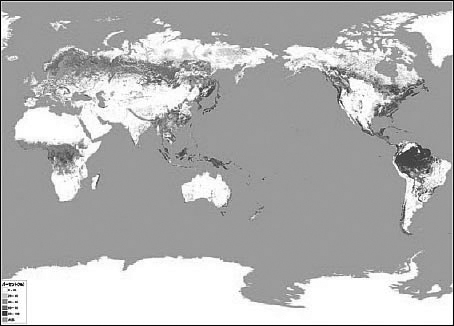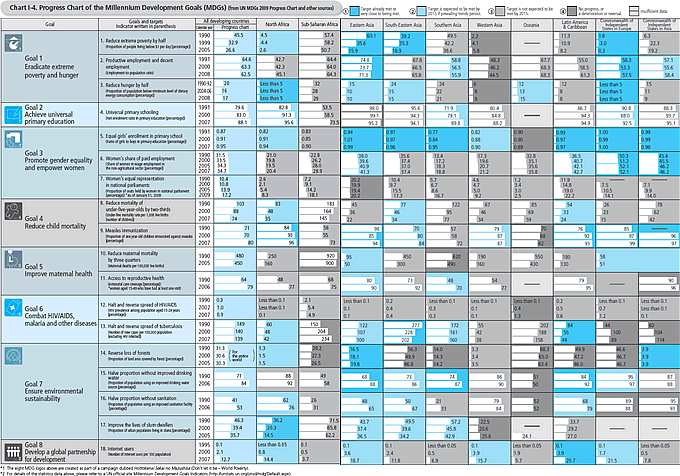Japan's Official Development Assistance White Paper 2009
2. Other Specific Environmental Cooperation
Developing countries which are experiencing rapid economic growth and urbanization face not only climate change but also other various environmental issues, including air and water pollution. In the Environmental Conservation Initiative for Sustainable Development (EcoISD),(Note 10) which Japan adopted in 2002, the "application of Japan's experience and scientific technology" was highlighted as one of the basic policies. As such, Japan has worked to draw on its experience with pollution issues and utilize its advanced environmental technology to improve pollution alleviation measures implemented in urban areas and to improve the living environments of residents. For example, Japan has extended technical assistance to Viet Nam on water quality monitoring and the enhancement of regulations for factories which are the source of pollution, with the objective of improving the water ecosystems of the country. Furthermore, Japan has also provided assistance in the form of yen loans for the development of sewage treatment facilities in Hanoi, Ho Chi Minh and other cities. In addition, Japan is also extending technical assistance to China, Viet Nam, Fiji, Mexico and other countries in order to promote the 3Rs (Note 11) among local residents, companies and other organizations.
Furthermore, Japan extends assistance to developing countries to help them manage and conserve the environment and the biodiversity, taking into consideration the living environments of local residents. Japan is providing assistances for the conservation and maintenance of natural reserves by helping them to establish a system modeled after that of the national park system of Japan, sustainable forest management, and measures against desertification. For example, in Mexico, Japan is carrying out a cooperation project in which both the local government and people work together for the conservation of the mangrove ecosystem in the natural reserve of Yucatan, as well as for the promotion of the use of natural resources in a sustainable manner.
In October 2010, the "International Year of Biodiversity" (IYB), the Tenth Conference of the Parties on the Convention on Biological Diversity (COP10) will be held in Nagoya City, Aichi Prefecture. The global target for after 2010 (the Post 2010 Target) is scheduled to be established at COP10, and Japan, as the host country, shall lead the conference to success by making concrete proposals, as well as further promote cooperation on biodiversity.
In conserving biodiversity, in particular, the conservation of forestry ecosystems is extremely important. Japan has strongly supported the promotion of sustainable forest management, the suppression of deforestation and degradation, and measures against illegal logging and other issues faced by developing countries through its bilateral ODA projects, and contributions to international organizations and funds. For example, in Indonesia, since September 2008 Japan has cooperated in the form of technical assistance and human resources development for forest resource management through the use of images taken by the advanced land observing satellite (ALOS) "Daichi."
Moreover, Japan is promoting the "Global Mapping Project" to develop a global map on land cover, vegetation and so on, in cooperation with the national mapping organizations of other countries, in order to study the current situation and changes in the global environment. In 2009, Japan hosted a global mapping seminar for education-related personnel and nongovernmental organizations (NGOs) focused on the environment and/or disaster prevention, and a workshop inviting the personnel related to national mapping organizations as well as experts on the environment and disaster prevention from around the world.
Japan will continue to actively cooperate in the areas of the environment and climate change.
Notes:
(10) EcoISD: Environmental Conservation Initiative for Sustainable Development
(11) 3R: Reduce, Reuse, Recycle

World map showing areas of vegetation
Chart I-4. Progress Chart of the Millennium Development Goals (MDGs) (from UN MDGs 2009 Progress Chart and other sources)

